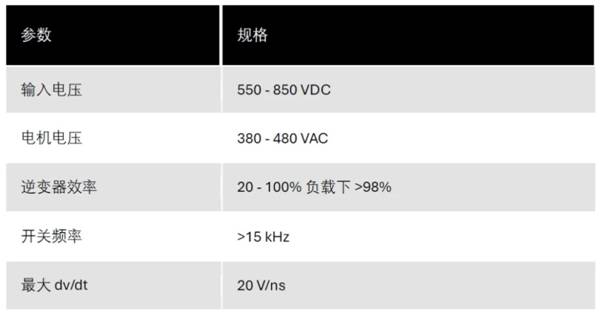Android C编程技巧
运转模拟器
emulator -console
* 将文件写入到模拟器的userdata.img文件中
adb push
*将一个目录拷贝到模拟器中,包含子目录
adb push
* 将一个目录从模拟器中拷出来
adb pull
* 使得模拟器能够运转arm代码.
运用GNU/ARM Linux编译器编译你的应用程序就能够了
* 在模拟器里边运转shell,需求先运转模拟器
adb shell
*运转模拟器中的一个控制台程序
adb shell
*衔接模拟器的控制台
telnet localhost 5554/6/8
运转C程序
参考文献
Native C Hello World working in emulator
http://groups.google.com/group/a … wse_thread/threa…
Native C Applications for Android
http://benno.id.au/blog/2007/11/13/android-native-apps
过程
* 下载GNU/ARM编译东西
http://www.codesourcery.com/gnu_toolchains/arm/download.html
* 编写c/c++代码.
* 运用GNU/ARM Linux 东西创立一个应用程序,不运用动态链接库
ex. arm-none-linux-gnueabi-g++.exe -static -o hello HelloAndroid.cpp
* 发动模拟器
$SDK_ROOT/tools/emulator.exe
* 在命令行窗口运转 abd将编译好的hello程序放入模拟器的磁盘
adb push hello /system/sbin/hello
* 让hello文件变成可执行程序,不要运用 chmod ugo+x
adb shell chmod 777 /system/sbin/hello
* 运转hello程序
adb shell
cd /system/sbin/
hello
EXAMPLE HELLO WORLD CODE
//
// HelloAndroid.cpp
//
//
#include
using std::cin;
using std::cout;
using std::endl;
class MyName
{
public:
void getname( void );
void sayhello( void );
private:
char name[ 255 ];
};
void MyName::getname( void )
{
cout What is your name? ;
cin >> name;
}
void MyName::sayhello( void )
{
cout Welcome name to the world of Android endl;
}
MyName name;
int main( int argc, char *argv[] )
{
name.getname();
name.sayhello();
return 0;
}









